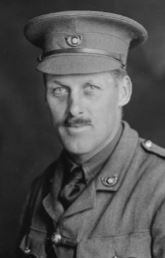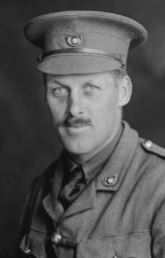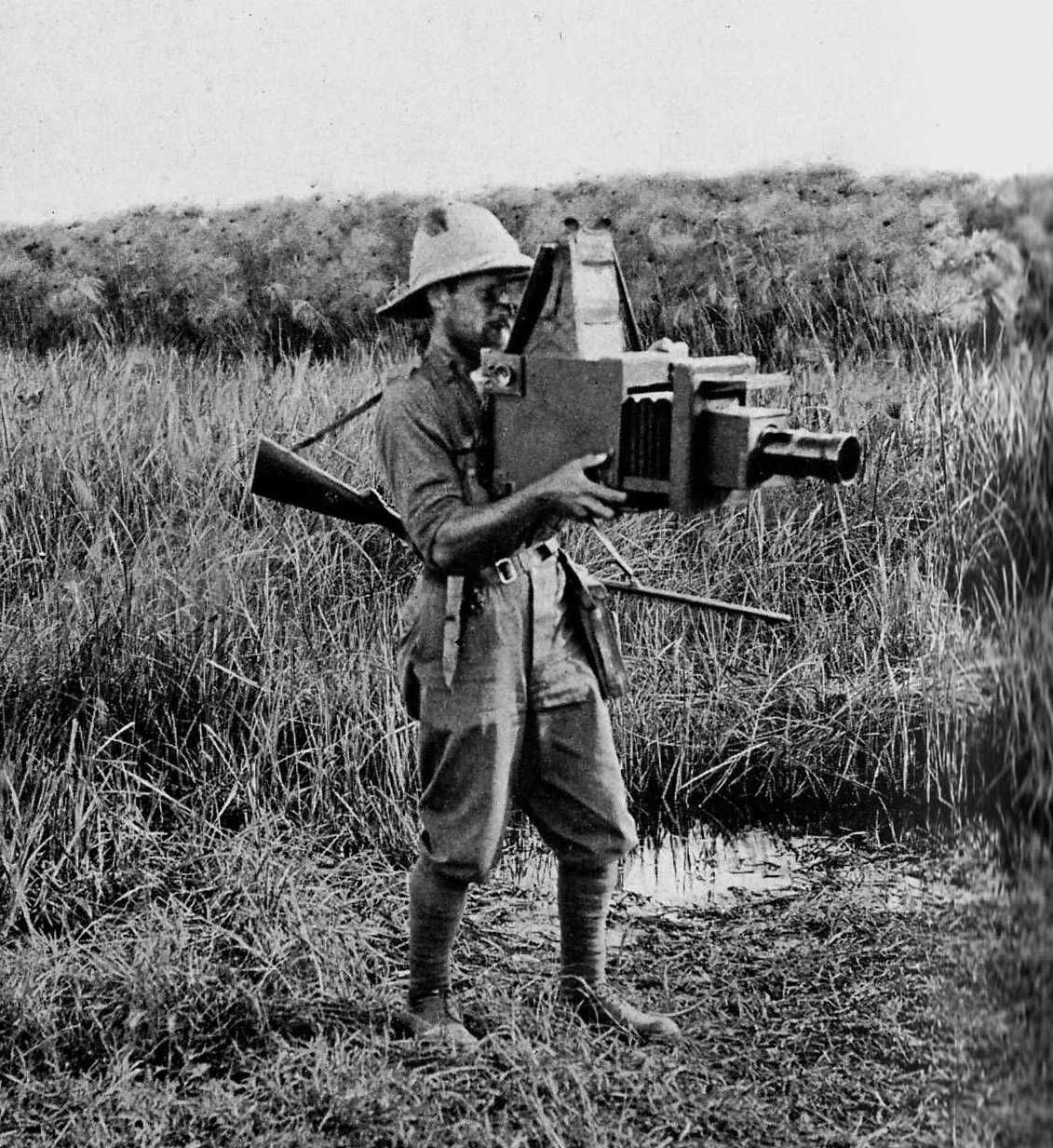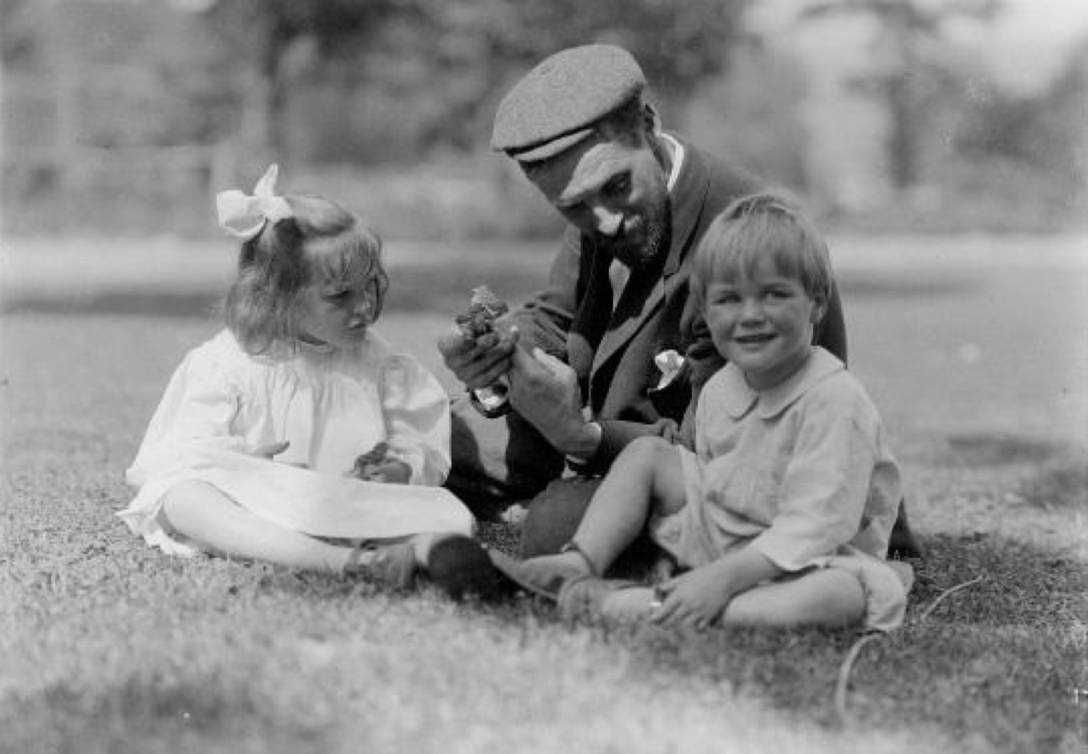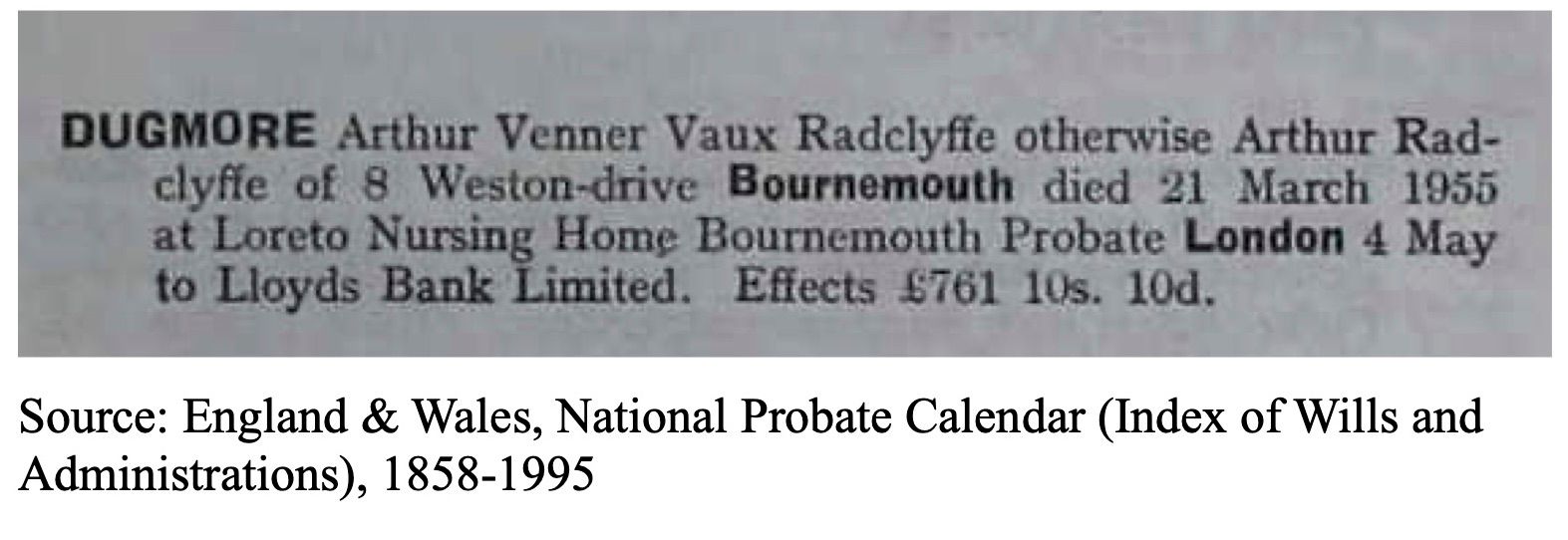~~~~~~~~~~~~~~~~~~~~~~~~~~~~~~~~~~~
1) Daughter: Evelyn Dugmore b Dec 1902, New Jersey
2) Son: John William Radclyffe "Jack" Dugmore, b 16 Sept 1904, New Jersey and d 2 Apr 1993, Cumbria, Kendal, Westmorland, England
3) Daughter: Henrietta Dugmore Hutton, b 17 Feb 1906, New Jersey and d 12 Mar 1989 in
Marsden Nursing Home, 24 Westminster Rd, Branksome Park, Poole, Dorset, England
~~~~~~~~~~~~~~~~~~~~~~~~~~~~~~~~~~~
~~New Jersey Marriage
Henrietta Watkins and Arthur Radcliffe Dugmore
1901 New Jersey
~~1905 New Jersey State Census – Jefferson Twp, Morris, NJ
Arthur Dugmore Age 35 (Dec 1870) England Artist
Henrietta L Age Age 34 (June 1870) NJ
Evelyn B Dec 1902 NJ; John W Sept 1904 NJ
~~1910 Federal Census, Jefferson, Morris, NJ
Arthur R Dugmore Age 41 and Henrietta L Age 43
Evelyn B (1903); John (1905); Henrietta (1906)
~~1911 Canadian Census – Sherbrook, Goldenville, Stillwater
Nova Scotia, Guysborough
Arthur Dugmore Age 39 (Dec 1871) Wales Farmer
Henrietta Dugmore Age 39 (Jan 1872) USA
Evelyn (Dec 1902); John (Sept 1904) and Hattie (Feb 1906)
~~Henrietta Louise Dugmore of Pier Hotel, Sea-road, Boscome, Bournemouth (wife of Arthur Radclyffe Dugmore) died 16 Aug 1952 at St Johns Hospital, South Battersea, London. (England and Wales Register
~~Arthur Venner Vaux Radclyffe Dugmore Artist and Lecturer b 25 Dec 1870 Towyn, Merionetshire, Wales; of 8 Weston Drive; d 21 Mar 1955 at Loreto Nursing Home, Bournemouth, England
~~~~~~~~~~~~~~~~~~~~~~~~~~~~~~~~~~~
"Arthur Radclyffe Dugmore" Page 135
The Irish-American naturalist, hunter, wildlife photographer, painter and author, Arthur Radclyffe Dugmore, was born in Ireland in 1870 and died in 1955 (place unknown). Dugmore's father was a British Army Captain and an impulsive romantic with an insufficient grasp of reality. At one point, he resigned from the Army, bought a sailing ship to cruise the seas, first with his entire family, later with his son only. He sailed to America planning to start an orange plantation. His son, however, hated this life because it deprived him of a sound education and would lock many doors for him. When the Governor of British Honduras offered him a job as an under-secretary, therefore, he was more than happy to accept, but his father refused to let him go. Dugmore Sr had bought a tract of land in Florida, not far from Tampa; which, however, turned out to be worthless, as it was completely flooded during the wet season.
Father and son then lived for a time in St Petersburg, FL, where Arthur set up a photo studio in nearby Leesburg with an American painter. This enterprise was not long-lived, as his partner pulled out to start a business elsewhere. Relations between father and son having gone from bad to worse, they agree to part company and, with some money lent to him by his father, young Dugmore opened his own photo studio in a small town, which soon yielded a profit. Just as business was flourishing, his father reclaimed his money, so Arthur was forced to sell up to repay the money. He refused to return to his father, however, even when the latter insisted that he must. Instead, he left for New Jersey without a trace. In New Jersey, he became an assistant to the ornithologist W.E.D. Scott (William Earle Dodge Scott, 1852-1910) who taught him how to collect and mount birds. After a while, the relationship with Scott deteriorated - though in later years they renewed their friendship - and Dugmore left for New York without a penny to his name. There, he found a job as a technical draughtsman, a job he held for several years, gradually receiving promotion. When Scott asked him to illustrate a book on birds of the eastern States, however, Dugmore resigned from his job.
After he got married and unable to earn a living due to a cycling accident, he took his photographs to the publishers of Doubleday & McLure, who commissioned him to hand-colour some of the plant photographs. Satisfied with the results, they then commissioned a book from him on the nesting habits of the birds of the eastern States. This was the start of Dubmore's career as a wildlife photographer.
He gave up his work for Doubleday and set out on his first African adventure together with James Lippit Clark (1883-1969) of the American Museum of Natural History. This trip is turned into a successful book, "Camera Adventures in the African Wilds."
At the outbreak of WW l, Dugmore was living in England with his wife and child. At first, he is employed as a photographer and a War Correspondent, being too old for active service. Later, as the age limit was raised, he entered the Army, his experience in stalking animals was put to good use as he was asked to teach soldiers and officers how to stalk the enemy. He was also asked to make sketches of the German positions. He was repatriated after being hit by a phosgene shell, but recovered very slowly.
After the war, he undertook a new trip to Africa, which was not successful and turned out a financial disaster, but from his next safari, he returned with excellent material for an animal film. As none of the exiting companies is interested in producing his film, he went into partnership with Captain John Noel, to set up their own company. This company, which mainly turned out films on wildlife and exploration, was a great success. Dugmore wrote another book, "The Sunderland of Big Game" about his safaris.
~~~~~~~~~~~~~~~~~~~~~~~~~~~~~~~~~~~
1) Daughter: Evelyn Dugmore b Dec 1902, New Jersey
2) Son: John William Radclyffe "Jack" Dugmore, b 16 Sept 1904, New Jersey and d 2 Apr 1993, Cumbria, Kendal, Westmorland, England
3) Daughter: Henrietta Dugmore Hutton, b 17 Feb 1906, New Jersey and d 12 Mar 1989 in
Marsden Nursing Home, 24 Westminster Rd, Branksome Park, Poole, Dorset, England
~~~~~~~~~~~~~~~~~~~~~~~~~~~~~~~~~~~
~~New Jersey Marriage
Henrietta Watkins and Arthur Radcliffe Dugmore
1901 New Jersey
~~1905 New Jersey State Census – Jefferson Twp, Morris, NJ
Arthur Dugmore Age 35 (Dec 1870) England Artist
Henrietta L Age Age 34 (June 1870) NJ
Evelyn B Dec 1902 NJ; John W Sept 1904 NJ
~~1910 Federal Census, Jefferson, Morris, NJ
Arthur R Dugmore Age 41 and Henrietta L Age 43
Evelyn B (1903); John (1905); Henrietta (1906)
~~1911 Canadian Census – Sherbrook, Goldenville, Stillwater
Nova Scotia, Guysborough
Arthur Dugmore Age 39 (Dec 1871) Wales Farmer
Henrietta Dugmore Age 39 (Jan 1872) USA
Evelyn (Dec 1902); John (Sept 1904) and Hattie (Feb 1906)
~~Henrietta Louise Dugmore of Pier Hotel, Sea-road, Boscome, Bournemouth (wife of Arthur Radclyffe Dugmore) died 16 Aug 1952 at St Johns Hospital, South Battersea, London. (England and Wales Register
~~Arthur Venner Vaux Radclyffe Dugmore Artist and Lecturer b 25 Dec 1870 Towyn, Merionetshire, Wales; of 8 Weston Drive; d 21 Mar 1955 at Loreto Nursing Home, Bournemouth, England
~~~~~~~~~~~~~~~~~~~~~~~~~~~~~~~~~~~
"Arthur Radclyffe Dugmore" Page 135
The Irish-American naturalist, hunter, wildlife photographer, painter and author, Arthur Radclyffe Dugmore, was born in Ireland in 1870 and died in 1955 (place unknown). Dugmore's father was a British Army Captain and an impulsive romantic with an insufficient grasp of reality. At one point, he resigned from the Army, bought a sailing ship to cruise the seas, first with his entire family, later with his son only. He sailed to America planning to start an orange plantation. His son, however, hated this life because it deprived him of a sound education and would lock many doors for him. When the Governor of British Honduras offered him a job as an under-secretary, therefore, he was more than happy to accept, but his father refused to let him go. Dugmore Sr had bought a tract of land in Florida, not far from Tampa; which, however, turned out to be worthless, as it was completely flooded during the wet season.
Father and son then lived for a time in St Petersburg, FL, where Arthur set up a photo studio in nearby Leesburg with an American painter. This enterprise was not long-lived, as his partner pulled out to start a business elsewhere. Relations between father and son having gone from bad to worse, they agree to part company and, with some money lent to him by his father, young Dugmore opened his own photo studio in a small town, which soon yielded a profit. Just as business was flourishing, his father reclaimed his money, so Arthur was forced to sell up to repay the money. He refused to return to his father, however, even when the latter insisted that he must. Instead, he left for New Jersey without a trace. In New Jersey, he became an assistant to the ornithologist W.E.D. Scott (William Earle Dodge Scott, 1852-1910) who taught him how to collect and mount birds. After a while, the relationship with Scott deteriorated - though in later years they renewed their friendship - and Dugmore left for New York without a penny to his name. There, he found a job as a technical draughtsman, a job he held for several years, gradually receiving promotion. When Scott asked him to illustrate a book on birds of the eastern States, however, Dugmore resigned from his job.
After he got married and unable to earn a living due to a cycling accident, he took his photographs to the publishers of Doubleday & McLure, who commissioned him to hand-colour some of the plant photographs. Satisfied with the results, they then commissioned a book from him on the nesting habits of the birds of the eastern States. This was the start of Dubmore's career as a wildlife photographer.
He gave up his work for Doubleday and set out on his first African adventure together with James Lippit Clark (1883-1969) of the American Museum of Natural History. This trip is turned into a successful book, "Camera Adventures in the African Wilds."
At the outbreak of WW l, Dugmore was living in England with his wife and child. At first, he is employed as a photographer and a War Correspondent, being too old for active service. Later, as the age limit was raised, he entered the Army, his experience in stalking animals was put to good use as he was asked to teach soldiers and officers how to stalk the enemy. He was also asked to make sketches of the German positions. He was repatriated after being hit by a phosgene shell, but recovered very slowly.
After the war, he undertook a new trip to Africa, which was not successful and turned out a financial disaster, but from his next safari, he returned with excellent material for an animal film. As none of the exiting companies is interested in producing his film, he went into partnership with Captain John Noel, to set up their own company. This company, which mainly turned out films on wildlife and exploration, was a great success. Dugmore wrote another book, "The Sunderland of Big Game" about his safaris.
Family Members
Sponsored by Ancestry
Advertisement
Advertisement
